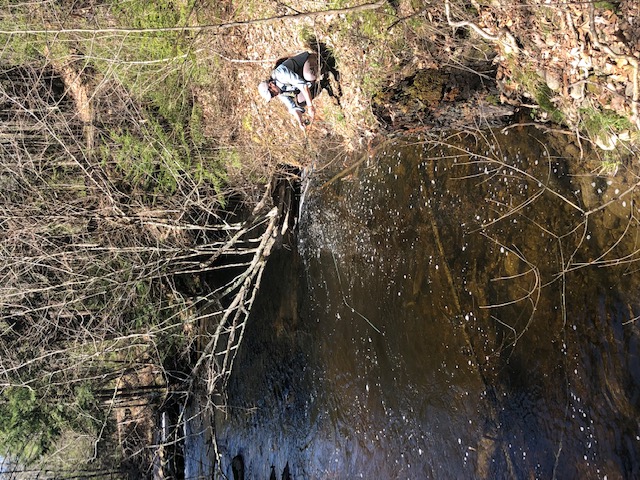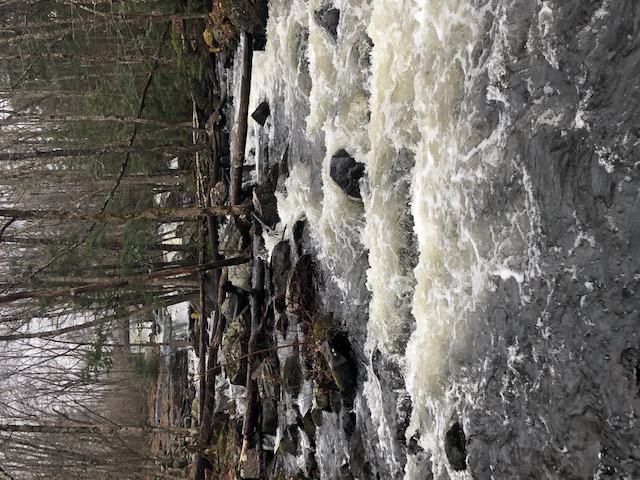(Note: This blog was supposed to post in early January but didn’t for some reason, so I am posting it in early February.)
I started to write about the warm, stormy and rainy November, December, and early January, but then I looked back at my blog post from this time last year, and guess what – they are identical!!! Here is what I wrote last year:
Mid-winter for all of the Northeast felt like autumn. Temperatures for November, December, and early January ran between five and ten degrees above normal depending upon where you live. There has was no snow to speak of. At my house in Windham, we have had green grass for most of winter so far as I write this in mid-January.
Ditto for this year, except the storms this year have been stronger. The December 18th storm did so much damage. In Windham, we lost a 90-foot maple tree that blew over, its upper-most branches scraping the house.

In Kennebago, the lake water rose over the causeway and up onto our lawn, fortunately not washing away furniture, docks, or boats.
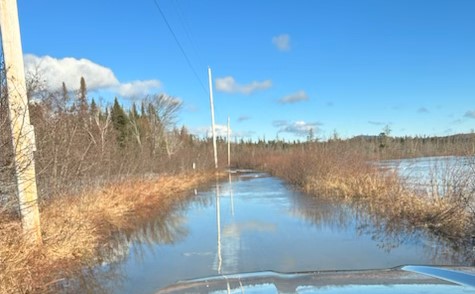
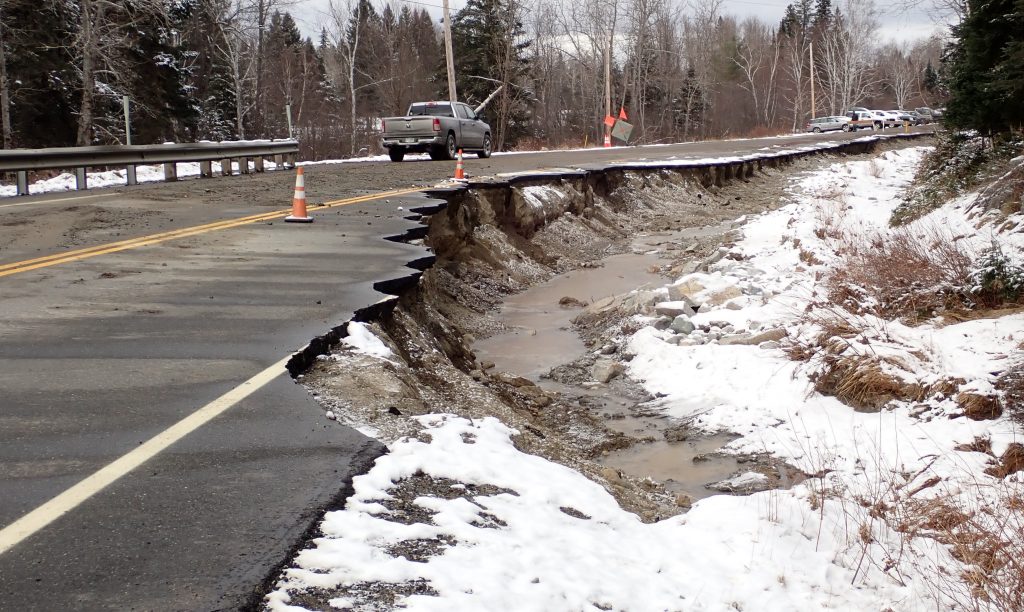
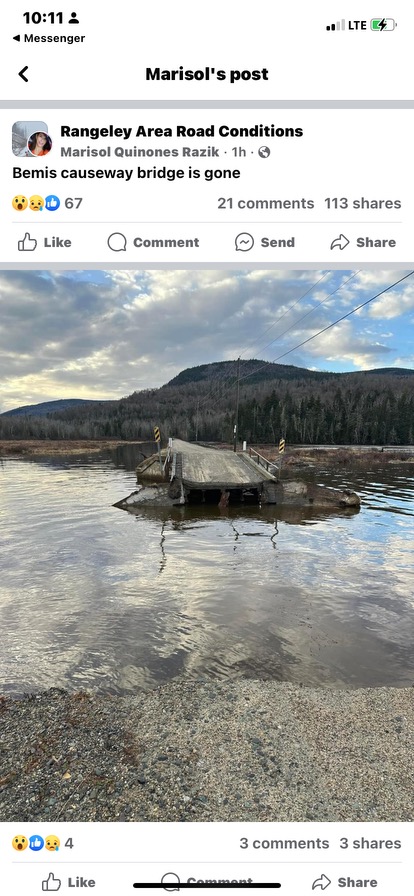
All of us who guide or fish often, and know our favorite Maine waters well, will have to start from scratch next spring because the rivers and streams will look quite different due to the flooding. Pools will be filled in, banks of gravel deposited, wider stream channels with longtime structure washed downstream, and new channels, undercut banks, and holes. We have had so many major floods in the last few years that the rivers have been constantly changing.
I worry that the eggs of fall spawning fish like brook trout, brown trout, and landlocked salmon will have been washed away by the flood waters. Usually, floods occur in spring and summer when the eggs have already hatched.
I could have done more fly fishing in November and December but decided to take a break and do other things (work on my next book). But it stayed so warm I fly-fished via canoe on January 1st, an experience I wouldn’t have thought possible. Next week is supposed to bring cold weather, so perhaps at least the ponds will freeze, and I can take out my ice fishing gear.


